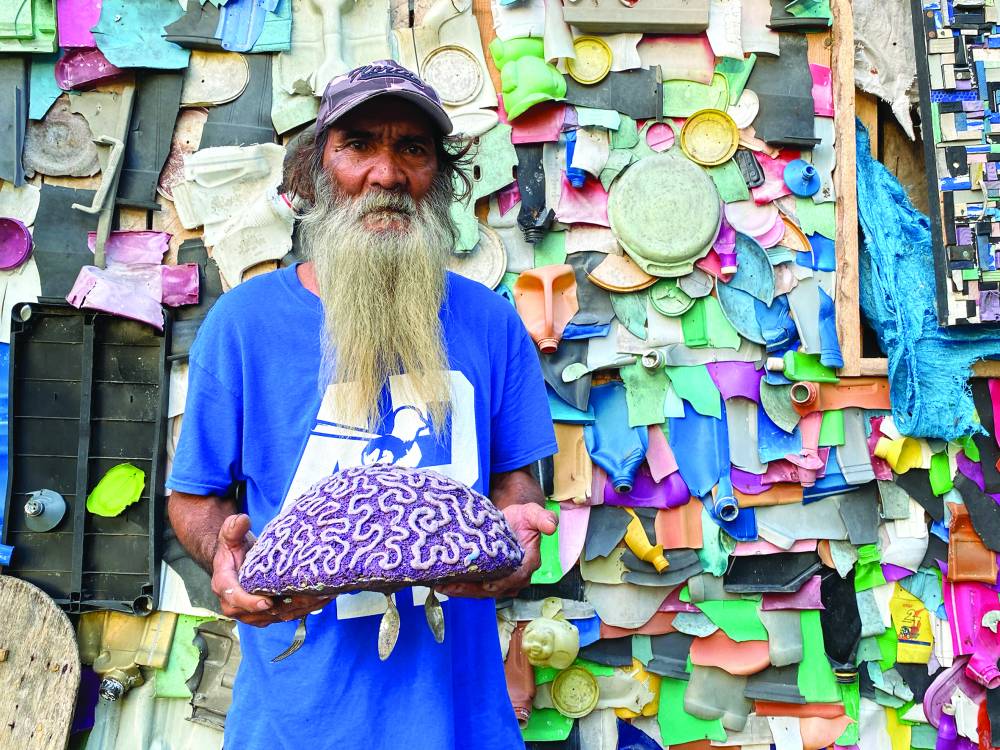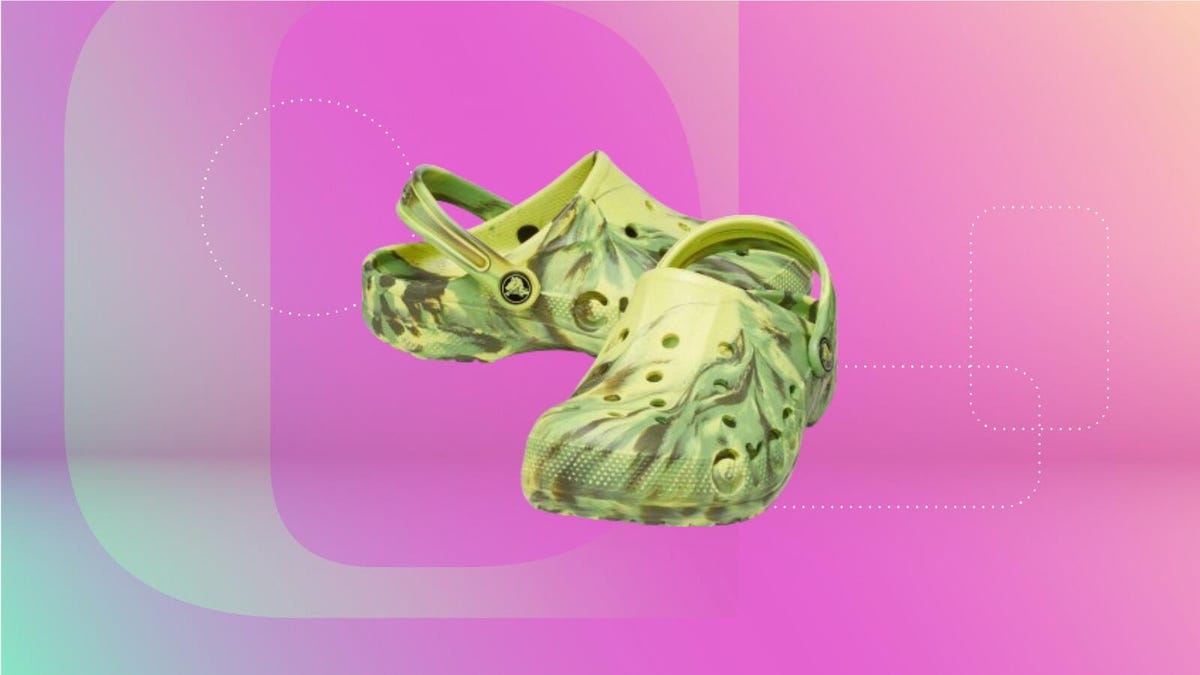EYE-OPENER Pedro Angco Jr. recreates a brain coral using discarded rubber slippers and plastic water bottles he collected from the shores of Baclayon, Bohol. PHOTOS BY LEO UDTOHAN
TAGBILARAN CITY, BOHOL, Philippines — Someone's trash can be another's work of art.
Meet Pedro Angco Jr., a 61-year-old visual artist from Baclayon, Bohol, who collects marine debris and turns it into works of art.
On normal days, people can find him carrying a bag filled with around 10 to 20 kilos of assorted rubbish, which he takes to his makeshift home which is around 100 meters from the seaside.
His shelter serves not only his gallery, but also a garbage dump he found along the coast – plastic and bleach bottles, pairs of flip-flops and mismatched shampoo sachets, among others.
READ: Baguio high school students create green art through upcycling
Angco then turns them into sculptures that draw attention to endangered marine life.
Over the years, concerns about the environment have become central to his work. His goal, he says, is not to convert the public into art connoisseurs, but rather to transform them into environmentalists.
“Trash in the sea is a sad reality of what human beings have done to the environment,” says Angco. “This is a real conversation. The waste or trash we create is coming back to haunt us.”
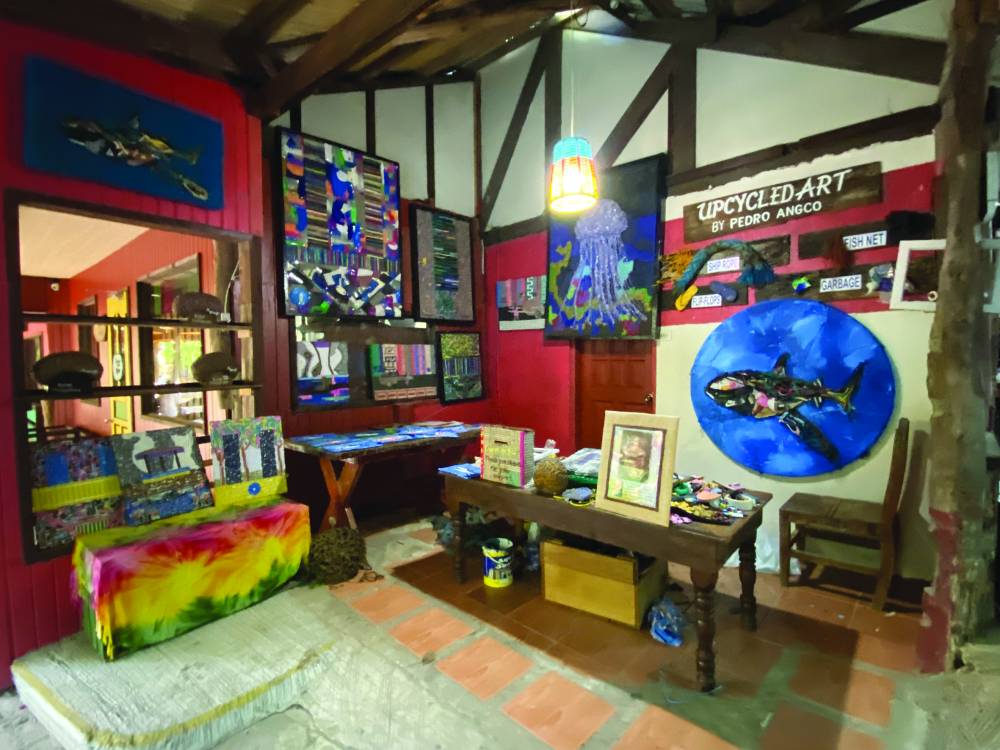
His trash art pieces, featuring sea creatures and underwater landscapes, have been given space at the Bohol Bee Farm so tourists can learn about the impact of trash on the environment.
Passion
For as long as Angco can remember, art has been a part of his life.
He and a sister were born and raised in the city of Oroquieta, Misamis Occidental, to Boholano parents – Pedro Sr., an employee of the Oroquieta city school division, and Aureliana Leopoldo, a retired elementary school teacher.
He completed his primary and secondary education in Oroquieta and went to Iligan City to study civil engineering at the Mindanao State University. He later transferred to the University of Bohol where he continued his engineering course.
Although he managed to complete the five-year course, Angco did not graduate because he chose not to file his graduation application. His reason: “I didn’t feel like doing it.”
But the sea has always inspired him to create art. The different sea creatures he saw made him appreciate marine life, which became central to his art.
Angco recalled how he angered his parents when he started collecting trash washed up on the beach and took it to their home in Oroquieta so he could use it in his paintings.
TO READ: One person's trash, another's treasure
This lasted nine years, but his parents eventually learned to support his passion.
In 2009, Angco got a break of sorts when James Doran-Webb, a well-known driftwood animal art sculptor, visited him in Oroquieta and bought him some driftwood he found at sea.
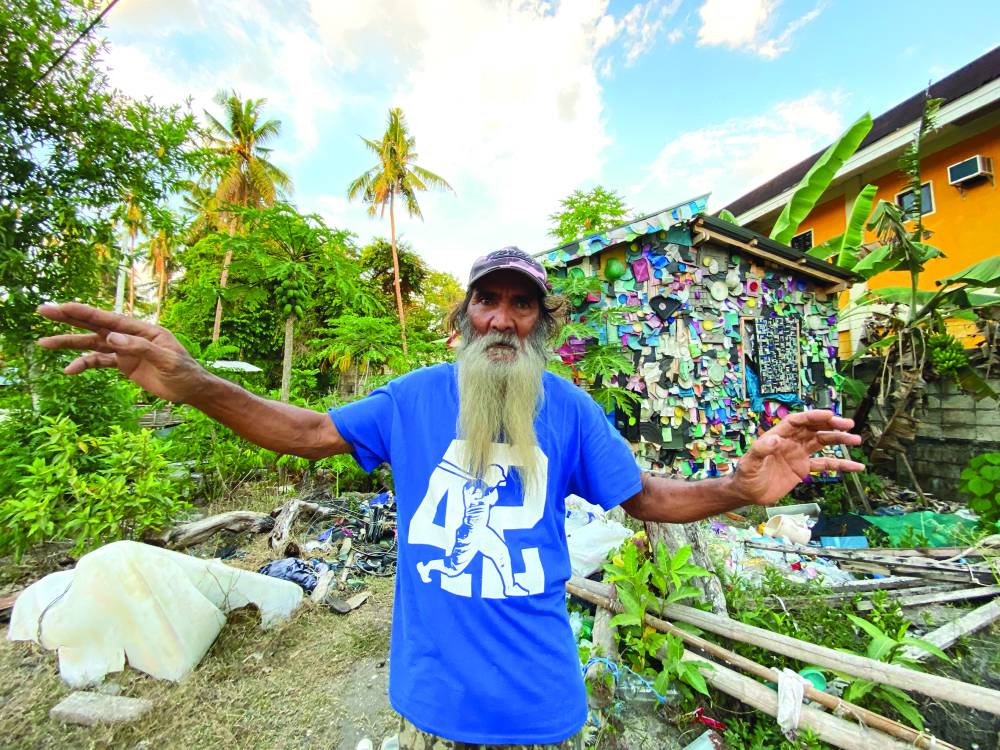
New life
When his parents died in 2012, Angdo decided to return to Bohol to start a “new life.”
He was chosen as the in-house artist of the Bohol Python and Wildlife Park in Barangay Laya in Baclayon City the following year.
In this role, Angco used his creative brilliance to communicate a message of care for wildlife. His masterpiece included a replica of Prony, once considered the longest reticulated python in captivity.
In 2017, Angco won second prize in the sculpture category in the art competition promoted by the Government Services Insurance System. This feat eventually led him to become an ambassador for the National Coast Clean up Coalition Philippines in 2020.
He was also commissioned to create a trophy for the national convention of the Association of Certified Public Accountants in Public Practice held in Panglao.
From painting, Angco switched to sculpture in 2004 to explore and master the craft. But he only started turning marine debris into art in 2018, when he remembered what he used to do when he was younger and saw the potential pieces of art he could create from the trash.
Some of his works were exhibited at Crescencia Food and Cafe in Baclayon and at Bohol Bee Farm, a tourist drawer on Panglao Island.
He created a mini galleon made from hundreds of plastic bottles collected from local beaches. He also transformed discarded rubber flip-flops into whales, clownfish, and jellyfish with straps still visible, calling them “Seanelas” (a pun on tsinelas, the Filipino term for flip-flops or flip-flops).
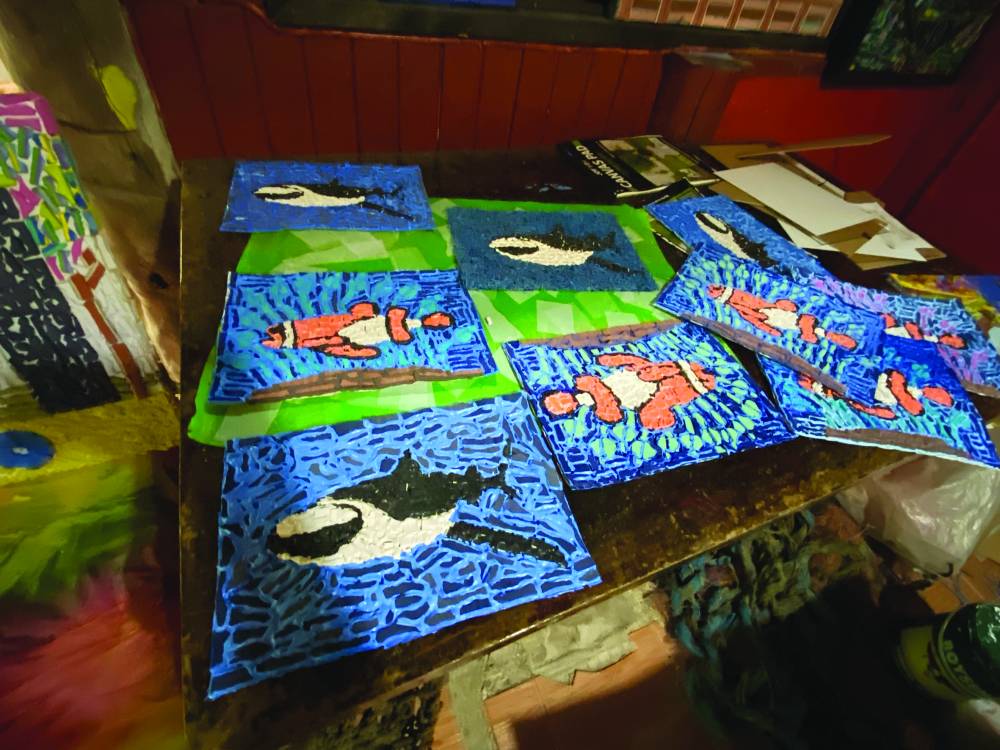
Discrimination
Angco lives alone in his small house built on a vacant lot owned by Laya village councilor Albert Baluta.
Their shelter has no water or electricity.
He has to fetch water from a deep well at least 100 m from his house.
Your cell phone also works as a night light. When the phone's battery runs out, he will go to a neighbor's house to charge it.
Angco also suffered discrimination.
He was mistaken for a madman for wearing a mustache and beard and dressing so sloppily while collecting rubbish at the seaside.
He brushed it off, saying he didn't care what others thought of him. What matters to him, he says, is what he keeps at home and where his masterpieces come from.
For three weeks now, Angco is often seen at the Bohol Bee Farm, where the management gives him a space where he can produce his art and crafts and sell them to tourists.
He said it gives him the opportunity to share his advocacy for environmental protection with visitors as they enjoy his artwork.
Panglao, known as the tourist jewel of Bohol, suffers from environmental problems due to unregulated development, lax enforcement of laws and the continuous increase in tourist arrivals.
'Brainstorming center'
Angco's ultimate goal is to create what he calls a “brainstorming center” for children, an environmentally friendly e-learning center that will educate people about protecting the environment through art and showcase the rich marine biodiversity in Bohol.
“At the brainstorming center, children will learn from a very early age how to care for the environment,” he says. “Education and love for the environment can make a difference.”
He sees this project as a housing design concept with a table and chairs made from wood and recycled parts. The center, he said, does not need to be large, but it must be livable and comfortable. It will be powered by solar energy.
“There is no timetable [when the brainstorming hub will be established]. But, like seeds, it needs water, oxygen and adequate temperature to germinate,” says Angco.
In the meantime, he has no plans to stop collecting trash and turning it into works of art.
“I would love to do this as long as my health allows,” he adds.


